It has often happened with many people that their grip gives out before their muscles do during a heavy deadlift or pull. To tackle any such situation, lifting straps might just be the best tool.
These straps are a very simple tool in the gym, but they can make a huge difference in how you train. It can help you with boosting your grip, preventing injury, and moreover, they can help you train harder, longer, and smarter. But like any tool, you must know how to use weight lifting straps the right way.
Let’s break it all down in this complete, beginner-friendly guide to these straps. Understand what they are, when to use them, how to wear them, and ultimately, what are the best lift straps for gym use.
What Are Lifting Straps For?
These straps are long pieces of a material (usually cotton, nylon, leather, or neoprene, etc.) that wrap around your wrists and the barbell or dumbbell, connecting both. The goal is to help you keep your grip when lifting heavy weights. Think of them as an extra layer of support between your hands and the weight.
They don’t replace your grip strength, they assist it. You still need to hold the bar, but the weight lifting straps take some of the pressure off your hands and wrists. This lets you focus on form, technique, and moving the weight.
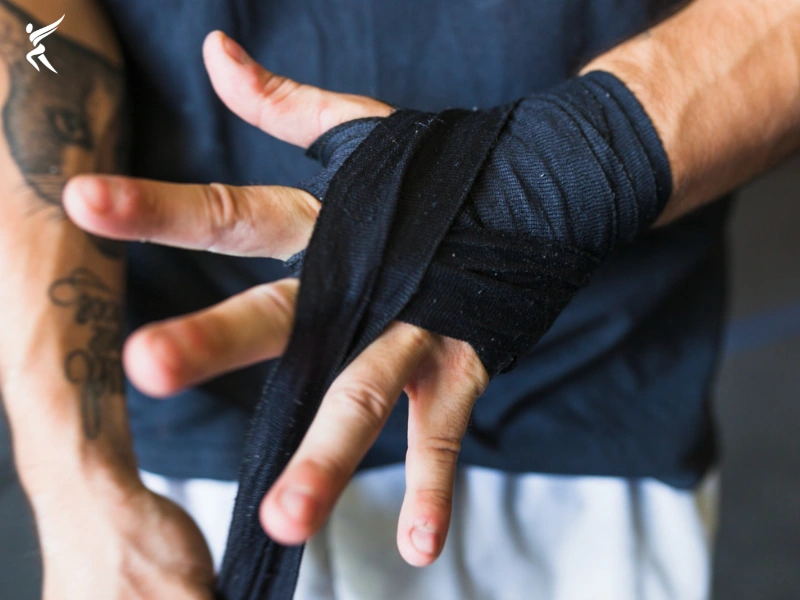
Discover: Best Shoulder Workouts for Mass and Definition
Why Use Lifting Straps?
Wondering, “What would I use lift straps for?” Here are some clear benefits:
1. Improve Grip Support
When your grip is the limiting factor in heavy lifts like deadlifts or rows, straps help you hang on longer. This means more reps and heavier lifts without sacrificing control.
2. Reduce Wrist and Hand Fatigue
During high-volume training or long sets, your hands can give out before your muscles. Straps help reduce this strain.
3. Protect the Skin
Knurling patterns on bars can tear up your hands over time. Straps offer a layer of protection between your skin and the barbell.
4. Boost Confidence
When you know the bar won’t slip out of your hands, you can train with more focus and confidence. That’s key for big PRs.
5. Help During Technique Work
Working on the form? Straps let you focus on movement patterns instead of grip fatigue.
When Should You Use Weight Lifting Straps?
It’s important not to rely on straps all the time. Build your natural grip strength first. But use straps when they help you get more out of your training.
Here’s when to use them:
- Heavy pulls: Deadlifts, Romanian deadlifts, clean pulls
- Snatches and cleans
- High-rep sets: Volume work where grip gives out
- Back-off sets after max efforts
- Injury recovery: Protecting weak or strained wrists
Don’t use straps for pushing exercises (bench press, shoulder press) or during your warm-ups. Save them for when grip is truly a limiting factor.
Explore: Abs Workouts and Core Exercises for Men and Women
How to Use Gym Straps: Step-by-Step
Learning how to use gym straps isn’t hard, but you need to get it right. Here’s a simple guide:
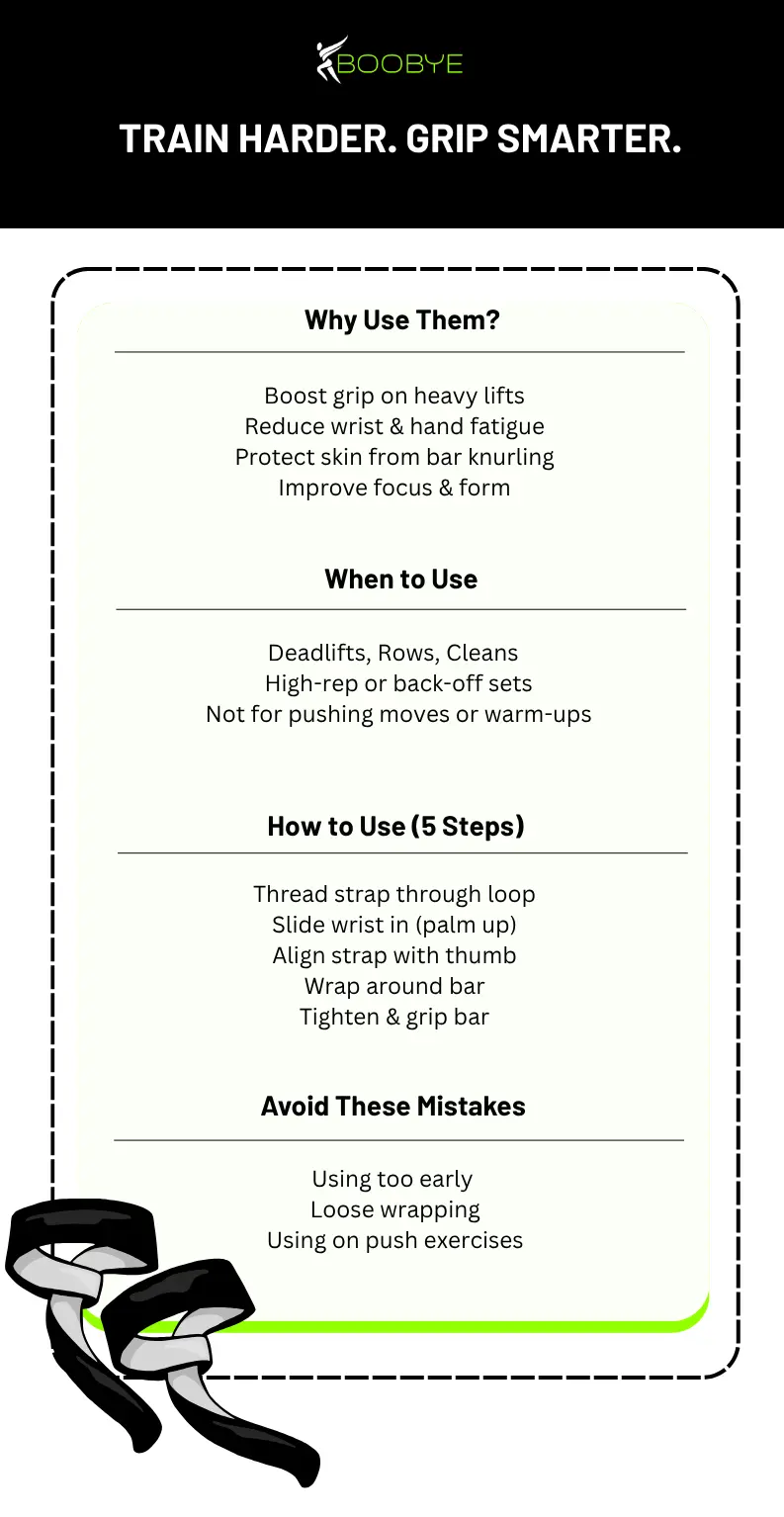
Step 1: Thread the Strap
Slide the end of the strap through the loop to make a circle. Your wrist will go through this.
Step 2: Slip It On
With your palm up, slide your hand through the loop. The strap should sit flat on your wrist, not twisted.
Step 3: Align with Your Thumb
Position the strap so the loose end hangs in the direction of your thumb.
Step 4: Wrap the Strap Around the Bar
Grab the barbell. Use your other hand to loop the strap under and around the bar. Pull the strap tight toward your hand.
Step 5: Tighten and Grip
Once it’s wrapped, twist your hand slightly to tighten the strap. Grip the bar over the wrapped strap.
Repeat, on the other hand. You’re now strapped in!
Common Mistakes to Avoid When Using Lifting Straps
While the straps can elevate your training, misusing them can hold you back. Here are a few common mistakes lifters make:
- Using them too early: Don’t rely on them right from the start. Build your natural grip strength first. Save straps for your heaviest sets or volume training.
- Improper wrapping: If the strap isn’t tight around the bar, it can slip mid-lift. Always take a second to make sure it’s secure before you pull.
- Wearing them for pushing exercises: These are meant for pulling movements like deadlifts, rows, and snatches. Don’t wear them during bench press or overhead press.
- Skipping grip work altogether: These help your grip, but they shouldn’t replace grip strength training. Use them strategically, not as a helping crutch.
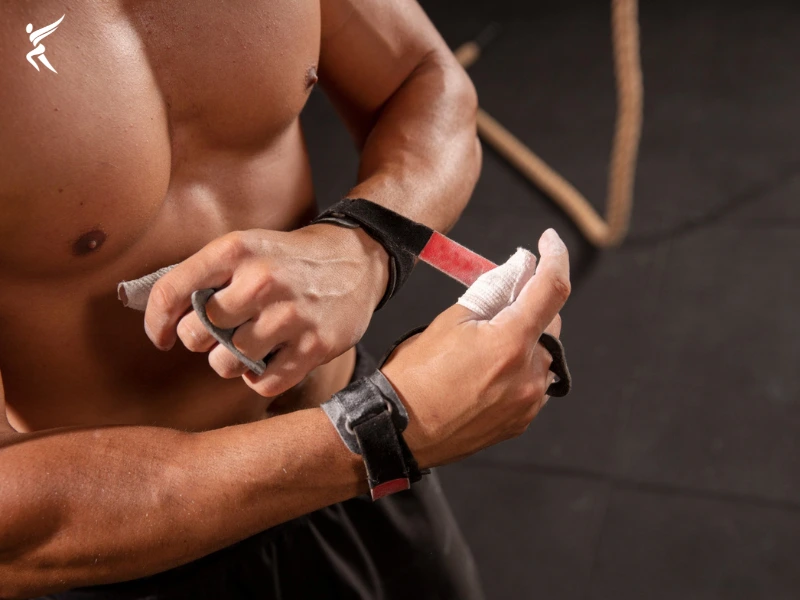
Types of Weight Training Lifting Straps
Not all of them are the same. Different styles work better for different goals.
1. Closed Loop (Single-Loop)
Great for Olympic lifting. Quick to use and easy to escape if something goes wrong.
2. Lasso Straps
Popular with beginners. They wrap fully around the bar and offer strong grip support. Versatile and safe.
3. Figure-8 Straps
Best for heavy deadlifts and strongman training. Very secure but harder to get out of quickly.
4. Free Straps
Just a flat piece of material. Not looped or stitched. Flexible but less supportive.
So, what are the best lift straps for gym workouts? It depends on your needs. For most lifters, lasso or closed-loop straps offer a solid balance of support and safety.
Learn More: Muscle-Building Beginner Workout Plan for Men
How to Use Weightlifting Straps for Different Exercises
The wrapping method stays the same, but the movement matters. Here’s how straps work in key exercises:
Deadlifts
Hands stay still. Easy-to-use straps. Wrap tight and focus on form.
Rows
Your wrists move more here. Still useful, but you may need to re-tighten during sets.
Snatches and Cleans
These are tricky. Practice with straps before adding a heavy weight. Make sure you’re confident letting go if you miss a lift.
Note: Never use them in Olympic lifting competitions or max-out sessions where you might need to drop the bar quickly.
What Are Straps Made Of?
Most weight training lifting straps are made from:
- Cotton – soft, affordable, slightly stretchy
- Nylon – strong, long-lasting, less comfortable
- Leather – durable, stiff, needs breaking in
- Neoprene-padded – great for wrist comfort
Pick the material based on your comfort, support needs, and how often you train.
How Often Should You Use Lifting Straps?
Use straps when grip holds you back, not as a crutch.
- Use them sparingly, during your heaviest sets or volume days.
- Avoid them in warm-up sets and grip-focused exercises like farmer’s carries.
This way, you strengthen your grip while still getting the most out of your big lifts.
Lifting Straps vs Wrist Wraps – What’s the Difference?
It’s easy to confuse lifting straps with wrist wraps, but they serve totally different purposes.
| Feature | Lifting Straps | Wrist Wraps |
| Purpose | Improve grip and reduce grip fatigue | Support the wrist joint |
| Used for | Pulling lifts (deadlifts, rows) | Pressing lifts (bench, overhead press) |
| Wrap Location | Around the wrist and the barbell | Around the wrist joint only |
| Key Benefit | Boost grip on heavy lifts | Stabilize wrists under pressure |
So, if you’re asking “what are lifting straps for?”, just remember: they help you hold onto the weight, not push it. Wrist wraps, on the other hand, support your wrist alignment during pressing movements.
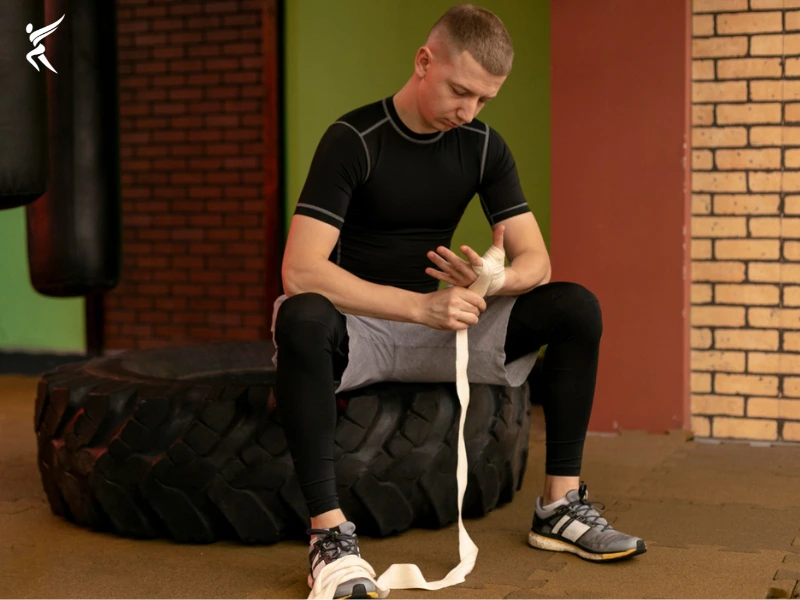
What Are the Best Lifting Straps for the Gym?
Here are two highly-rated, lifter-approved options:
WBCM Weightlifting Straps V1
- Designed by an Olympic champion
- 13” long, strong cotton build
- Great for Olympic lifts and deadlifts
Lasso Pro Lifting Straps
- Premium cotton, neoprene, and leather blend
- Can handle 770 lbs+
- Ideal for powerlifting and bodybuilding
These are some of the best lift straps for gym lifters serious about strength.
Final Thoughts
If you’re serious about lifting heavy and want to push your limits, these straps are a must-have tool in your gym bag. They’re simple, affordable, and incredibly effective, as long as you know how to use weightlifting straps properly.
Use them with intention. Let them assist your grip, not replace it. Focus on building real strength, staying safe, and making progress each session.
And remember, training smarter beats training harder.
